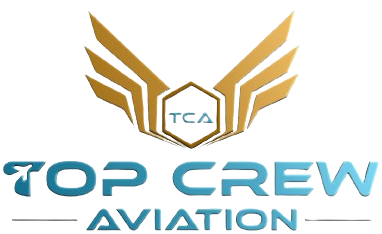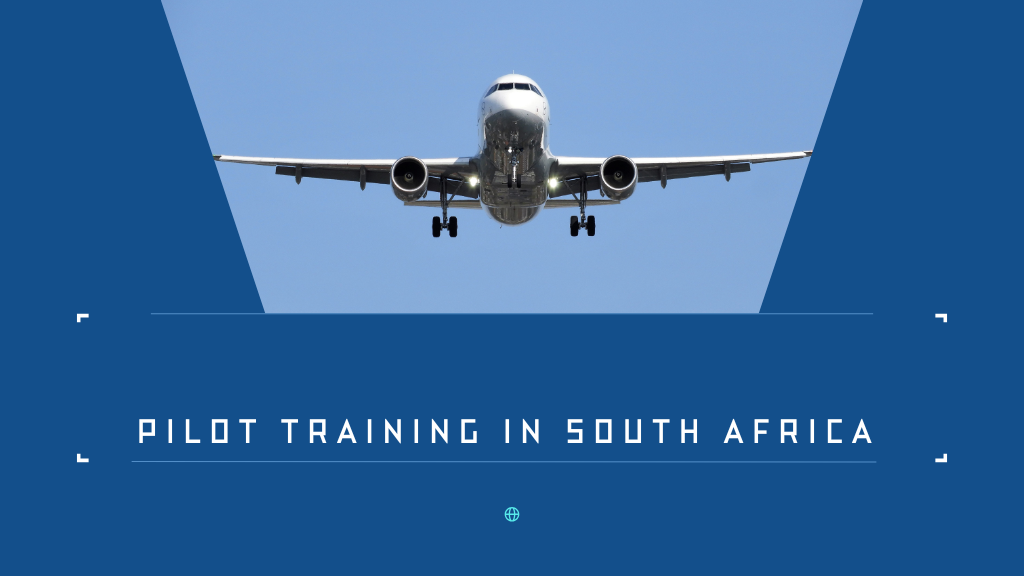Becoming a pilot is one of the most exciting and rewarding careers in the world. For many aspiring aviators, choosing the right country for flight training is just as important as choosing the right school. Over the years, South Africa has grown into one of the most popular destinations for pilot training, especially for students from India, Asia, Europe, and even the Middle East.
The country offers a unique blend of affordable training costs, excellent weather conditions, globally recognized licenses, and professional flight schools. This makes South Africa a smart choice for anyone who dreams of flying professionally or recreationally.
In this blog, we will explore everything you need to know about pilot training in South Africa—including its advantages, costs, training paths, eligibility, and popular flight schools.
Why Choose South Africa for Pilot Training?
Many students ask, “Why should I choose South Africa instead of the USA, Canada, or Europe?” The answer lies in affordability, quality, and opportunities.
Here are the key benefits:
1. Affordability
One of the biggest advantages of training in South Africa is lower training costs compared to countries like the USA, New Zealand, or Australia.
- A Commercial Pilot License (CPL) typically costs between 35–40 Lakhs INR ($42,000 – $48,000 USD).
- In comparison, CPL training in the USA can cost up to 55–70 Lakhs INR ($65,000 – $85,000 USD).
This makes South Africa an attractive option for students who want world-class training without breaking the bank.
2. Good Weather
South Africa enjoys over 300 days of clear weather every year, which is perfect for flight training.
- Clear skies mean fewer delays in flying schedules.
- Students can log flying hours quickly and complete training within the planned time.
Unlike some countries where bad weather may ground flights for weeks, in South Africa, you get more consistent flying time.
3. Diverse Training Environments
Another unique advantage of South Africa is its varied geography. From mountainous terrains to coastal regions and busy airspaces, student pilots are exposed to different types of flying conditions.
- This helps them gain real-world flying experience in different situations.
- Employers often value this versatility in training.
4. Well-Regulated and Respected Training
South Africa has a strong aviation regulatory framework, supervised by the South African Civil Aviation Authority (SACAA).
- Training programs are carefully monitored.
- Flight schools must meet international safety and quality standards.
- Many institutes even have ties with international airlines.
This ensures students receive safe, reliable, and globally recognized training.
5. Globally Recognized Licenses
Pilot licenses obtained in South Africa are recognized worldwide.
- Many Indian students, for example, complete their CPL in South Africa and later convert it into a DGCA-approved license in India.
- The process of license conversion is fairly straightforward, and this is where institutes like Top Crew Aviation (TCA) guide students through the conversion process smoothly.
6. Opportunity for Instructor Roles
Some students may also choose to work as flight instructors after finishing their training.
- This gives them extra flying experience.
- It also helps them build hours for higher licenses like the ATPL.
Read Also – Aviation Scholarships Worth ₹50 Lakhs – How to Apply
Common Training Paths in South Africa
When you enroll in a South African flight school, you can choose from different pilot training courses depending on your goals.
1. Private Pilot License (PPL)
- This is the starting point for most pilots.
- It allows you to fly recreationally but not for commercial purposes.
- Minimum requirement: 45 hours of flight training (though most students take 55–60 hours).
- Ideal for hobby flyers or those who want to begin their journey towards a CPL.
2. Commercial Pilot License (CPL)
- Required if you want to work as a professional pilot.
- South Africa requires about 200 hours of flight time for a CPL.
- Duration: Usually 12–18 months depending on weather and student progress.
- Includes training on navigation, meteorology, instrument flying, and advanced maneuvers.
This is the most popular option for students who want to fly with airlines or charter companies.
3. Airline Transport Pilot License (ATPL)
- The highest license in aviation.
- Needed for pilots who want to become captains of large airlines.
- Many South African schools offer ATPL ground classes along with hour-building programs.
4. Instructor Rating
- Allows you to become a flight instructor after CPL.
- Many students choose this path to gain flying hours and earn income before joining airlines.
Requirements for Pilot Training in South Africa
Before you apply for a flight school, make sure you meet the eligibility requirements:
- Age – Minimum 17 years for PPL and 18 years for CPL.
- Medical Certificate – A Class 1 Medical Certificate (for CPL) from a DGCA-approved or SACAA medical examiner.
- Education – At least 10+2 with Physics and Mathematics (or equivalent).
- English Proficiency – Aviation requires strong English communication skills. Students usually need ICAO Level 4 English proficiency.
Cost of Pilot Training in South Africa
The exact cost depends on the school, aircraft type, and duration, but here’s a general breakdown:
- Private Pilot License (PPL) – ₹8–10 Lakhs (approx. $9,000 – $12,000)
- Commercial Pilot License (CPL) – ₹35–40 Lakhs (approx. $42,000 – $48,000)
- Instrument Rating (IR) – Often included in CPL, but standalone cost is ₹5–7 Lakhs
- Instructor Rating – ₹6–8 Lakhs (approx. $7,000 – $9,000)
Compared to other countries, this is one of the most cost-effective options for international students.
Examples of Flight Schools in South Africa
Several reputed flight schools attract international students every year. Some of the well-known ones include:
- Top Crew Aviation (India & South Africa support) – While based in India, TCA provides complete assistance for students who wish to train in South Africa, including admission guidance, paperwork, and license conversion back in India. It is one of the best choices for Indian students seeking a smooth international training pathway.
- 43 Air School (Port Alfred, Durban) – One of the largest and most reputed aviation academies in Africa.
- Skyhawk Aviation (Johannesburg) – Known for structured CPL and ATPL programs.
- Starlight Aviation Group (Durban) – Offers both fixed-wing and helicopter training.
- Cape Town Flight Training Centre (Cape Town) – Popular among international students due to excellent weather and scenic training environment.
- Progress Flight Academy (Port Elizabeth) – A well-established flight school with modern aircraft.
By choosing institutes like Top Crew Aviation, students get additional career guidance, placement support, and license conversion assistance after finishing their CPL in South Africa.
Conclusion
South Africa is one of the best destinations in the world for pilot training. It combines affordability, world-class training standards, excellent weather, and internationally recognized licenses. For aspiring pilots from India and other countries, South Africa provides the perfect balance of quality education and cost-effectiveness.
Institutes like Top Crew Aviation (TCA) make the journey even smoother by offering expert guidance, admission support, and DGCA license conversion after completing training in South Africa.
Whether you dream of flying recreationally with a Private Pilot License, or professionally with a Commercial Pilot License, South Africa offers the right platform to turn your dream into reality. With the growing demand for pilots worldwide, now is the perfect time to begin your journey.


